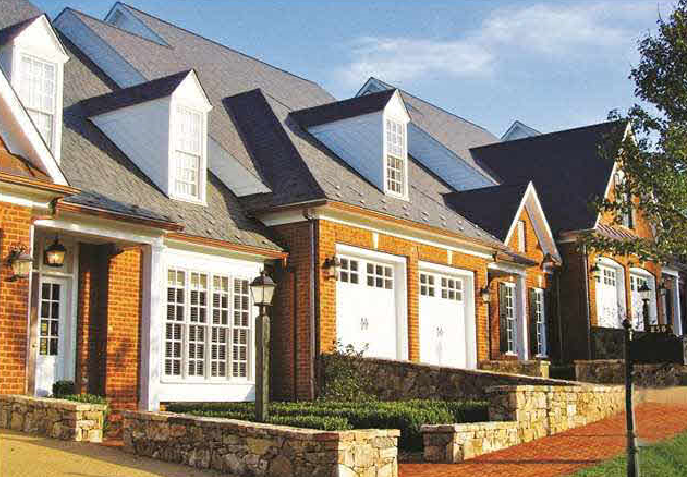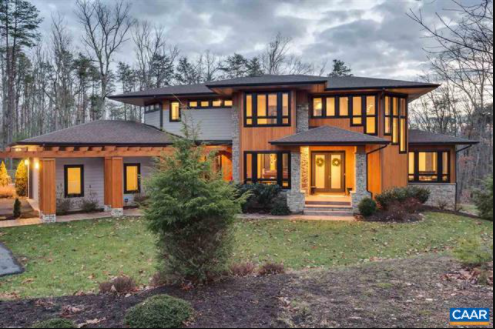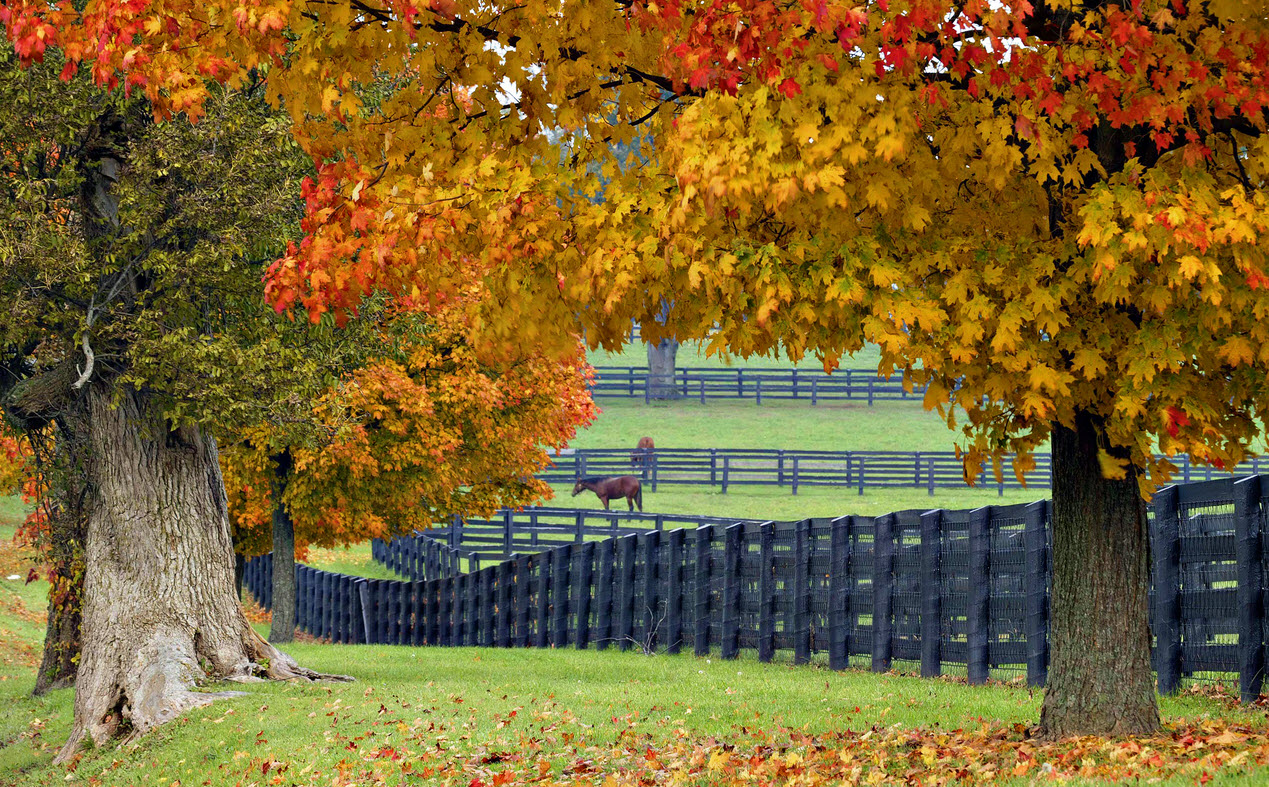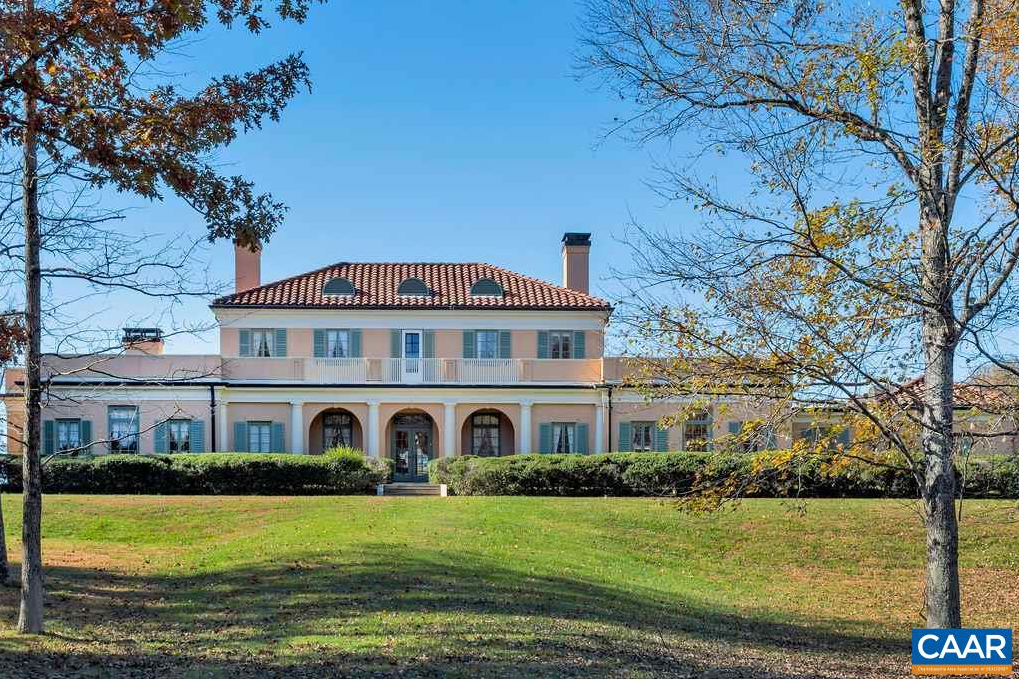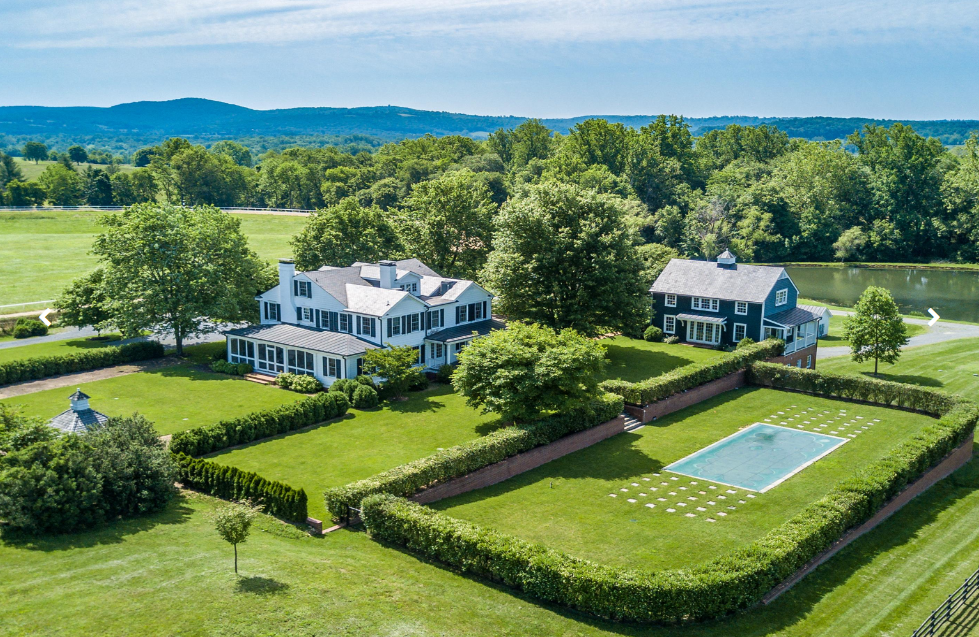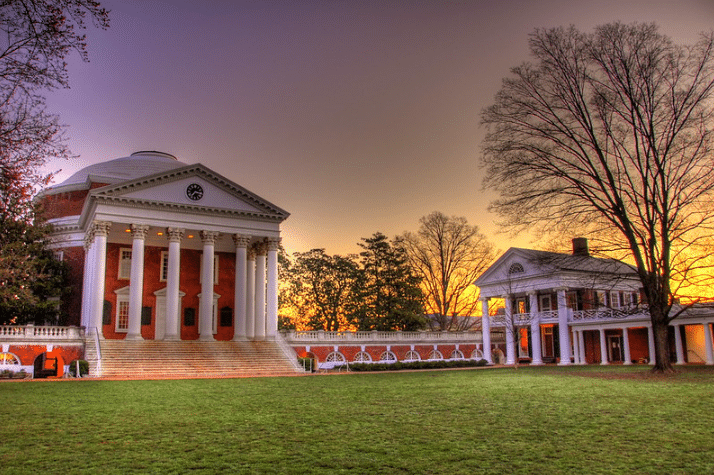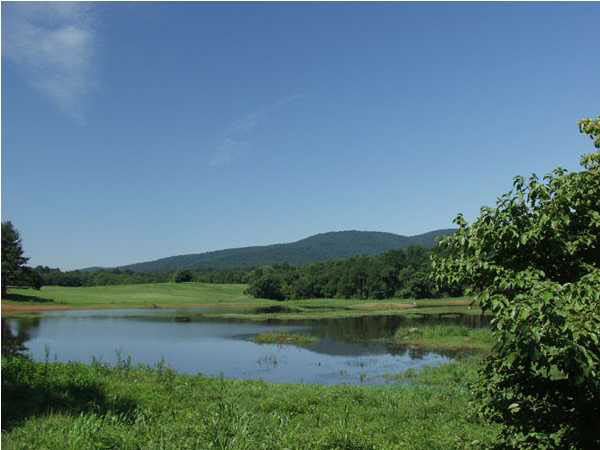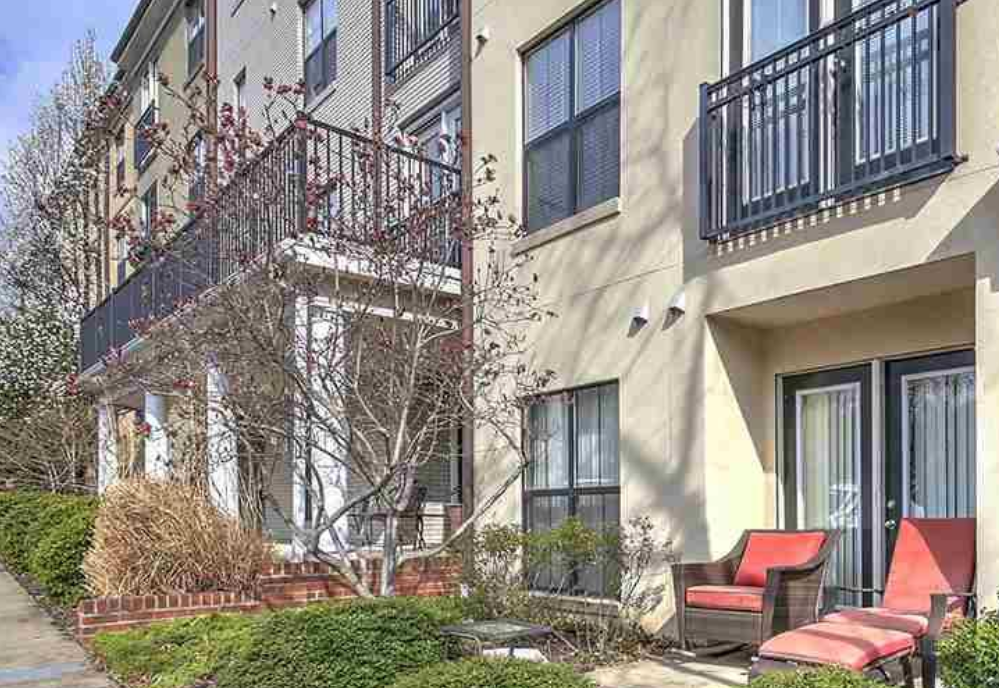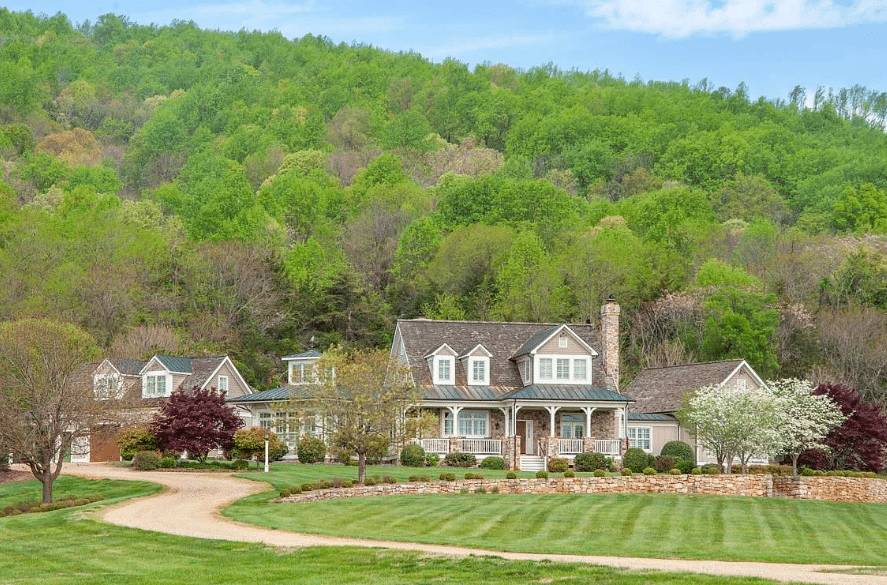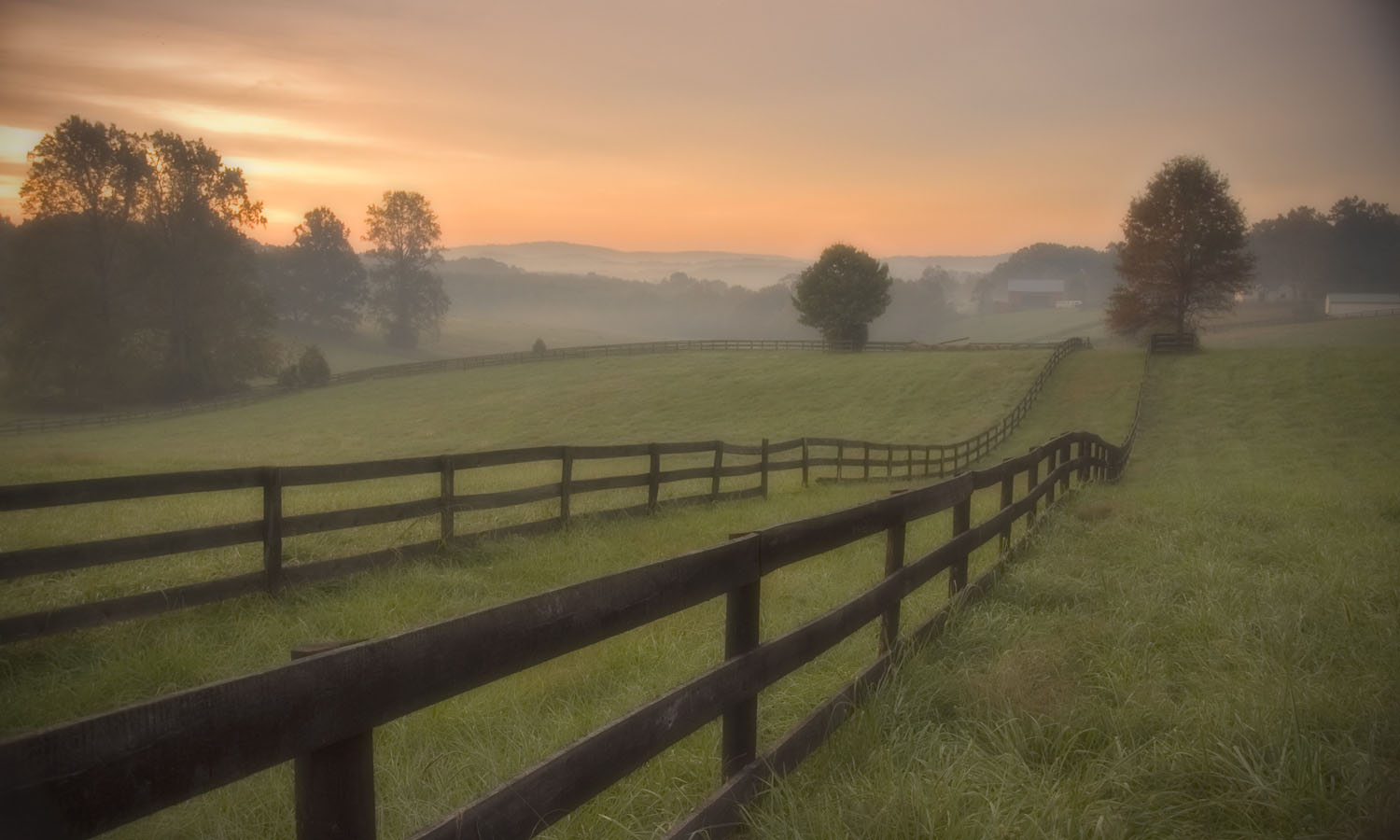Search By Charlottesville Property Type
Toby Beavers – Charlottesville Real Estate Agent
Charlottesville & Albemarle County Realtor Since 2003
Find your dream home in Charlottesville, Crozet, or Albemarle County with Toby Beavers, a trusted, savvy Charlottesville real estate agent who knows every neighborhood by heart. See 100 Reasons To Move to Charlottesville VA
View Charlottesville Homes for Sale
View the Best Charlottesville Neighborhoods
Discover Your Perfect Charlottesville Home with Toby Beavers, a Savvy Charlottesville Real Estate Agent
Welcome! I’m Toby Beavers, your trusted Charlottesville real estate agent and longtime local resident. Since 2003, I’ve been helping home buyers and sellers succeed across Charlottesville and Albemarle County.
Whether you’re searching for a historic downtown home, a Crozet mountain-view property, or Keswick VA real estate, I make sure your real estate experience is smooth, informed, and rewarding.
Explore Charlottesville Real Estate with Toby Beavers, Charlottesville Real Estate Agent Since 2003
Charlottesville offers something for everyone – from charming townhomes and new construction communities to private country estates. Start exploring homes by area:
Thinking About Selling? Use Toby Beavers, a Savvy Charlottesville Realtor Since 2003
If you’re ready to sell your Charlottesville home, I’ll help you maximize your property’s value and attract serious buyers quickly. My local market knowledge, strategic pricing, and targeted marketing give your listing an edge. Learn How I Market Charlottesville Homes
Why Work With Toby Beavers – Charlottesville Real Estate Agent?
- Local Expertise: Charlottesville real estate agent since 2003
- Personal Service: I work directly with every client – no handoffs or teams
- Negotiation Skills: Decades of experience getting clients the best price
- Community Knowledge: From Ivy to Glenmore, I know every HOA, school district, and local quirk
- Trusted Network: Top local inspectors, lenders, and contractors
- 2025 Statistics: Sold 1,266 homes in 3rd Quarter of 2025. Average sale price of $$676,675. Days on the Market: 10
- Specific services: Charlottesville country homes, Charlottesville luxury homes, Charlottesville luxury townhomes, Charlottesville new construction, Charlottesville luxurt townhomes, Charlottesville farms, Charlottesville historic homes, relocation assistance, and investment property analysis.
- Market insights: Brief current market analysis showing expertise. Scroll below…
- Response time commitment: I respond to inquiries within 2 hours
- Service area map: Visual representation of where you work
Charlottesville real estate isn’t just about houses – it’s about helping people find home. My goal is simple: to make sure you feel confident and cared for through every step of your real estate journey.
Featured Charlottesville Neighborhoods
Belvedere – Eco-friendly new homes & townhomes near Downtown Charlottesville in Albemarle County
Forest Lakes – Family-friendly community with pools, tennis, walking trails, and top Albemarle schools
Crozet Real Estate – Small-town charm, family neighborhoods, athletic facilities, spectacular Blue Ridge Mountain views, Western Albemarle Schools
North Downtown – Walkable, historic, around the Charlottesville court house and full of 18th century character
Keswick Estate – Luxury estate living in Keswick Hall surrounded by championship golf, horse farms, and bucolic country views
Ready to Start Your Charlottesville Home Search?
Whether you’re buying your first home, investing in Charlottesville real estate, or selling your property, let’s talk. I’ll share honest advice and local insights you won’t find online.
Charlottesville Real Estate Market Insights
Charlottesville & Albemarle County – 3rd Q 2025 Market Report
City of Charlottesville Real Estate Market
Sales Activity
Sales remained essentially flat with 98 transactions in Q3 2025, just one more sale than the previous year, a 1% increase.
Pricing Trends
Charlottesville experienced significant price declines for the third consecutive quarter. The median home price dropped to $481,000, representing an 18% decrease from last year, a substantial $104,000 reduction.
Market Volume
The sharp price decline resulted in lower sold dollar volume of $55.0 million, down 17% from a year ago, representing a $10.9 million decrease.
Inventory & Market Pace
Active listings jumped 53% to 110 properties at quarter’s end, adding 38 more listings than the previous year. Homes are taking considerably longer to sell, with median days on market reaching 20 days, 13 days longer than last year.
Albemarle County Real Estate Market
Sales Activity
Sales declined for the third straight quarter with 395 transactions, down 2% from the previous year, a loss of 8 sales.
Pricing Trends
The median sales price fell 5% to $536,000, a decrease of $26,000 from last year.
Market Volume
Despite fewer sales and lower prices, sold dollar volume increased to $286.7 million, up 3% or $7.4 million from the previous year.
Inventory & Market Pace
Active listings surged 34% to 423 properties at quarter’s end, representing 108 additional listings compared to last year.
The median days on market increased significantly to 19 days, up 12 days from a year earlier.
Fall 2025 Charlottesville Real Estate Key Takeaways
Both markets are experiencing a notable shift toward buyer-favorable conditions, with substantial inventory increases, longer days on market, and downward price pressure, particularly pronounced in Charlottesville real estate 18% price decline.
Toby Beavers, a savvy Charlottesville realtor since 2003, may be reached by text or phone at 434-327-2999



